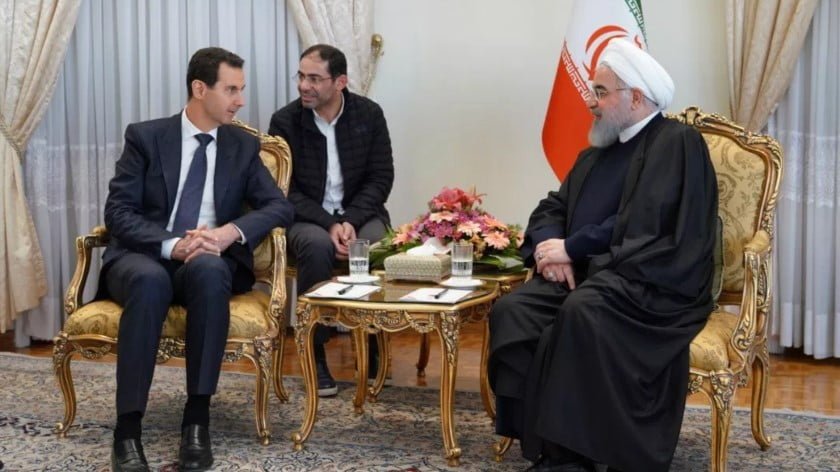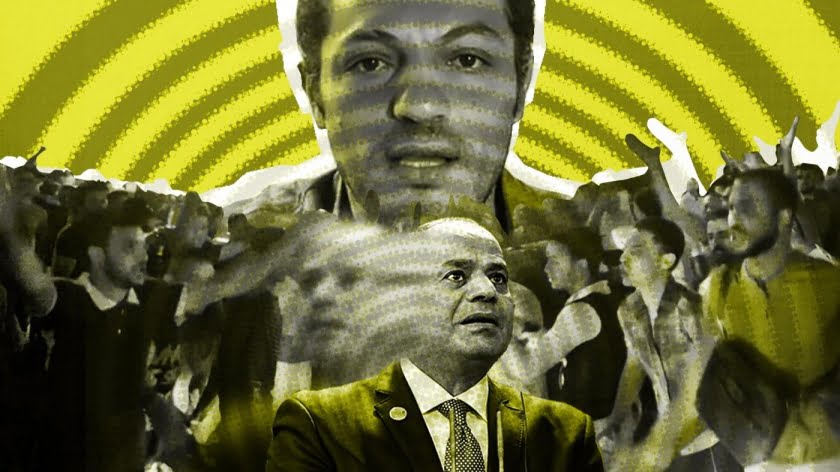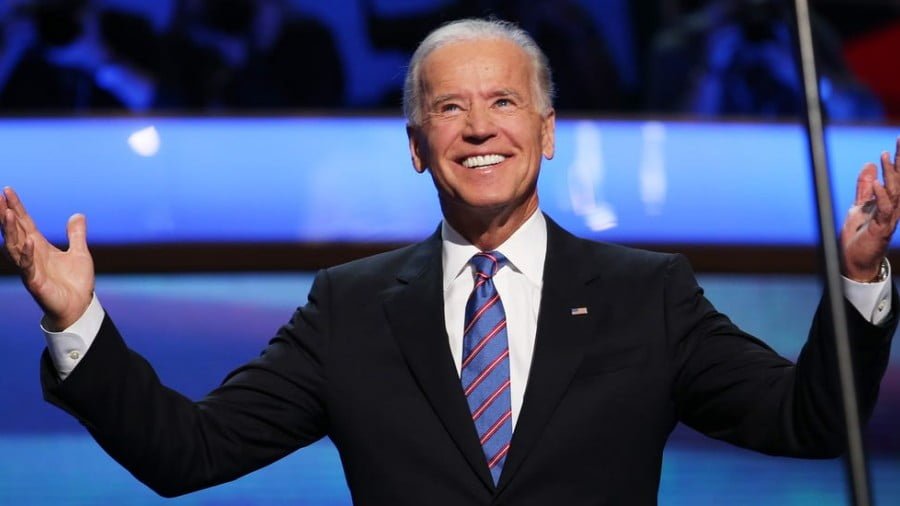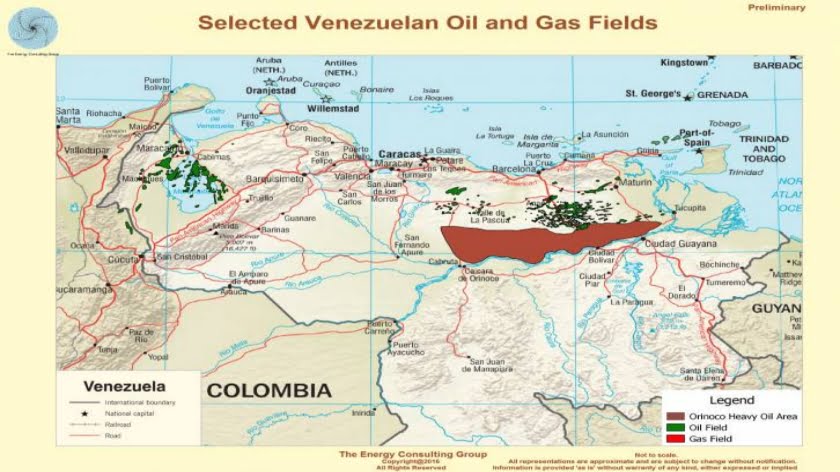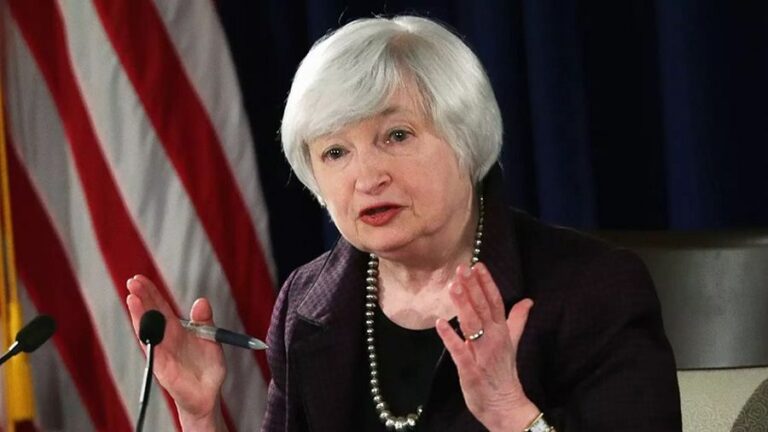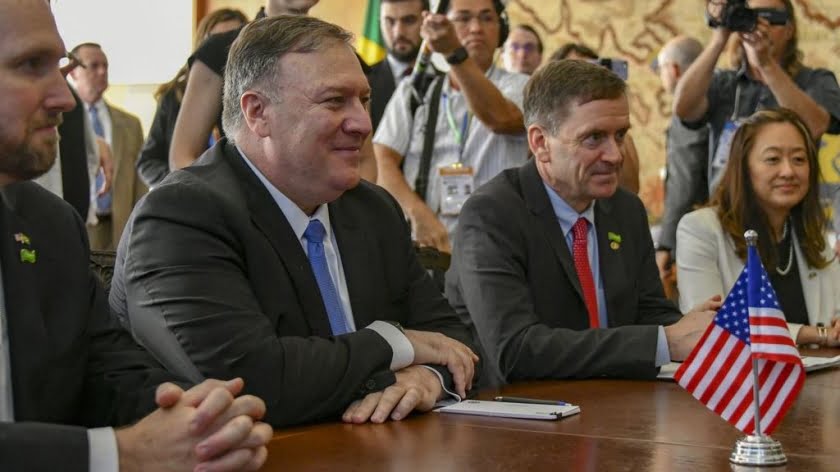Zarif Returns to Politics and Soleimani to His Maps
It is quite normal that the Iranian Foreign Minister Jawad Zarif is not the only decision maker on foreign policy because the Islamic Republic is in a constant war-like situation with surrounding Middle Eastern countries and the west.
Saudi Crown Prince Mohammad Bin Salman’s decisionto move the battle to Iran and the aggressive US embargo has put the country on a constant war footing. Moreover, the Iranian constitution calls for support of all oppressed population or groups around the world. This particular role falls to one branch of the Iranian Revolutionary Guard Corps (IRGC), the IRGC-Quds brigade, under the command of Brigadier General Qassem Soleimani. It is up to this brigade to deal with all foreign groups – regardless of their creed or religion – who are in harmony with Iran’s objective of ending US hegemony and presence in the Middle East.
On the other hand, it is the function of the IRGC general command to protect the value of the revolution and to support and complement the role of the Iranian Army and security forces against potential domestic and external danger.
Nowadays, the wars in Iraq, Syria, Yemen, the unstable situation in Bahrein, the constant danger hovering over Lebanon from a possible Israeli war, the high level of tension with Saudi Arabia and the US embargo, have imposed on the IRGC a leading role. Therefore, the function of the Iranian Foreign Ministry is limited to assisting in formulating the nation’s foreign policy and in representing the interests of the country. Nevertheless, the situation of Foreign Minister Jawad Zarif is different.
Minister Jawad Zarif is considered one of the pillars of Iranian diplomacy who is fiercely defending Iran in the international arena. He is considered one of the most successful Iranian diplomats. He has played an important role in promoting Iran, in reaching the nuclear deal during President Obama’s era, and in contributing to the failure of Trump’s latest Warsaw summit. Zarif is very close to Ali Akbar Velayati, the advisor of Sayyed Ali Khamenei, and is well appreciated by the leader of the revolution. Sources in Iran believe Zarif may very well be the next President of Iran, particularly now that his domestic popularity has increased following his overnight resignation.
Zarif tendered his resignation after the visit of President Assad to Tehran. Qassem Soleimani’s handling of the visit was related to the dangers to Assad’s life; he kept the details secret even from President Rouhani who was informed only one hour prior to the Syrian president’s arrival. Only few people were informed of the visit and it was not possible to reach Zarif in time for him to return to Iran. Soleimani considered the situation in Syria as part of the IRGC-Quds brigade’ functions since he is the one who supervised the financing of the Syrian government and the support of Syria with military advisors and allies from Lebanon, Iraq, Pakistan, Afghanistan and other countries to spoil the US regime-change plan.
As far as financial support goes, it is allocated by the Iranian government within its own yearly budget. Even the IRGC yearly budget falls under President Rouhani’s competence. In some cases, Rouhani refused to extend the IRGC budget, particularly when new events took place. For example, it happened in the past that the Lebanese Hezbollah had to request more money –rejected by Rouhani – to inject more forces into Syria as imposed by the operational stage on the ground. The situation in question required additional finance, logistics, ammunition, food and supplementary peridium payment to militants for a long period of time.
This indicates that decision-making is centralised in Iran unless, as on a few occasions, as in Iraq, Yemen and Syria, the competences of the Foreign Minister and the IRGC-Quds commander are intertwined.
Some in Iran believe that Zarif crossed the line by presenting his resignation because Iran is in a state close to war, where their military decisions often overrule protocol. He forgot that Soleimani is a soldier within a system and doesn’t have any aspirations of becoming a Foreign Minister. Soleimani saw in Assad a man representing the resistance, with whom he has regular contacts without deference to protocol. His aim was not to undermine or bypass Zarif who, it is believed, took the occurrence as an opportunity to reaffirm his own position.
What happen to Zarif was not due only to Assad’s visit. The visit of the Syrian President was just the last straw. Rouhani and his team have been under heavy criticism for the nuclear deal that was revoked by Trump. The Iranian opposition argues that the deal brought only further sanctions on Iran in exchange for halting nuclear production. The opposition also complains about the lack of European action towards economic engagement with Iran, since Europe is unable to stand against the US sanctions. The opposition have been reminding Rouhani of Sayed Ai Khamenei’s constant warning to never trust the US since even before Trump’s decision to revoke his country’s commitment.
Those who oppose Rouhani strongly believe that the world listens and fears only powerful countries and that nuclear capability would have made Iran stronger than it is today.
Nevertheless, Iran is moving forward and Zarif jumped in after jumping off. Assad invited him to Damascus where he will be received by his counterpart Moallem and by Assad to discuss policy matters. In the meantime, everyone returns to their stations. Soleimani will be with Assad, looking at maps of Idlib and Deir-Ezzour because the war is not yet over.
By Elijah J. Magnier
Source: Elijah J. Magnier

